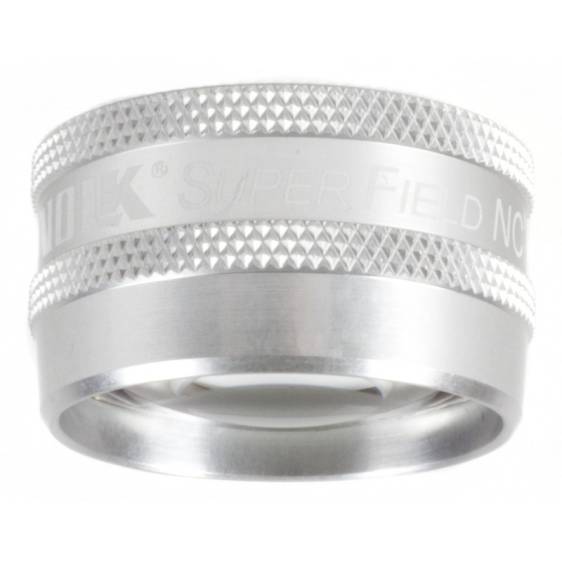



Sometimes these patients are not suitable for dilation for a number of reasons, such as narrow angles, high intraocular pressures, resistance to eye drops and previous adverse reactions. There are times in practice when I come across patients where the view of the fundus is limited due to small pupils or lens opacities. The information you can gather not only helps to form the basis of a hospital eye service (HES) referral letter, but also assists in distinguishing between malignant and benign conditions. It generally allows a more detailed view of what is seen (ie the presence of fluid, subtle colour changes, size). The variable magnifications, and therefore field of view, offered with this technique can aid in detecting suspicious lesions that may be out of reach with a direct ophthalmoscope. When pathology is suspected, the use of a volk lens is unquestionable. When pathology is suspected, the use of a volk lens is unquestionable Patients in practice Not only was it more comfortable for both parties, but the image achieved was clearer and had a greater field of view. In these types of cases, volk offered the perfect solution. Not only did this limit my view of the periphery, but was also distressing for the patients who found it difficult to fixate in the distance due to their prescription. For example, when carrying out direct ophthalmoscopy on patients who were highly myopic was difficult as the image was extremely magnified and, in some cases, distorted. Whilst undertaking my pre-reg, I increasingly noticed my reliance on volk. This included maintaining a steady working distance, correctly positioning my arm and getting a good view of the back of the eye. I initially found several aspects of using the lens quite challenging. Like most optometrists, I was first introduced to the concept of volk at university. However, many of us simply refer to this procedure as ‘volk’ due to the popularity of these biomicroscopy lenses that are produced by Volk Optical. The volk lens is of paramount importance when carrying out a technique that is clinically known as slit lamp binocular indirect ophthalmoscopy (BIO). In just over a year in practice, I have quickly found that a tool that I cannot live without is my volk lens.


 0 kommentar(er)
0 kommentar(er)
